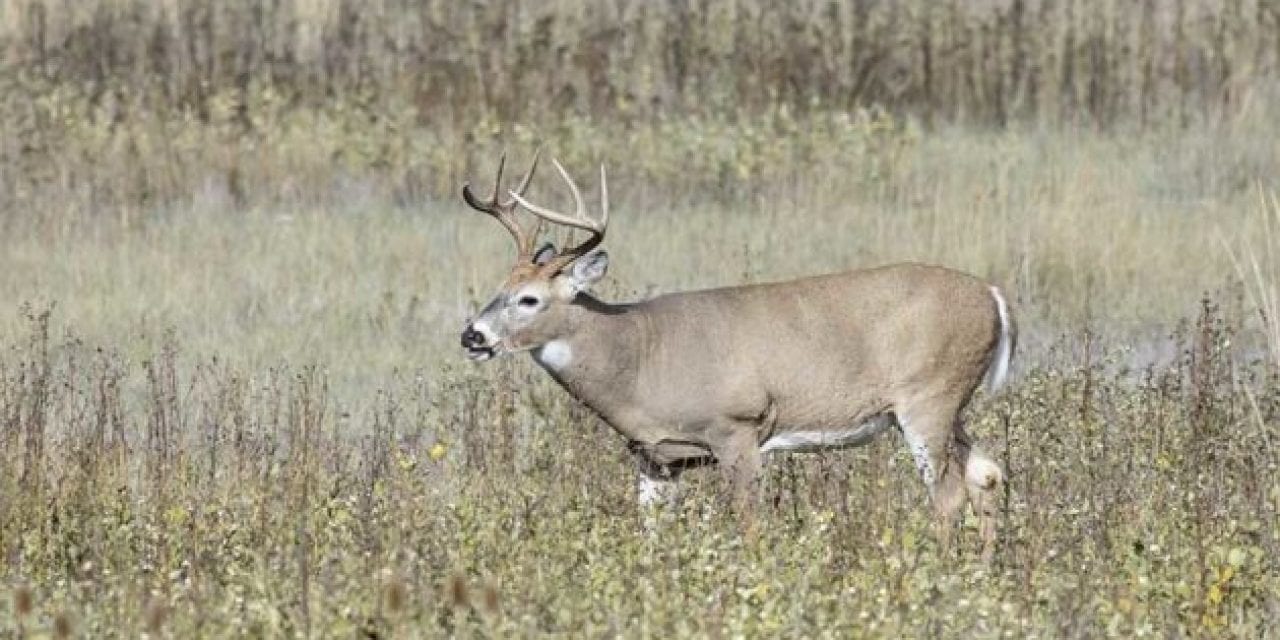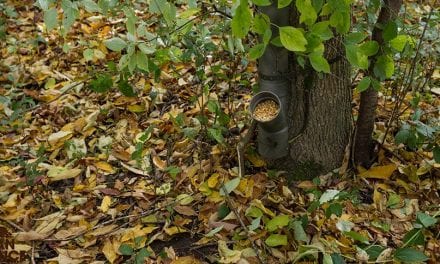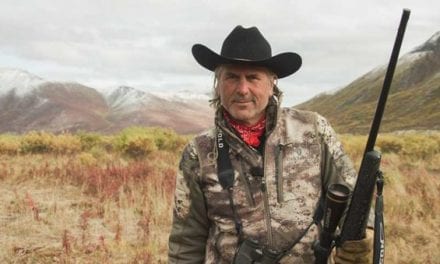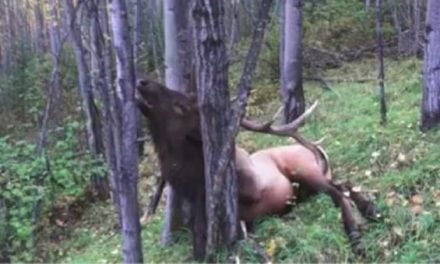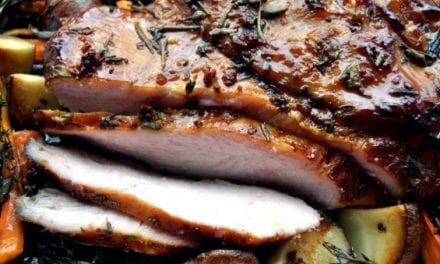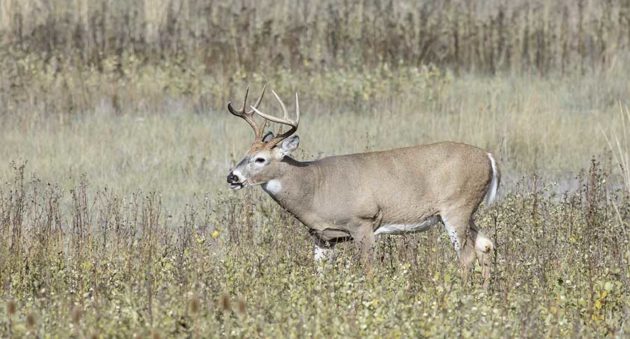
The best way to shoot a deer is to make them stop moving. Here are six ways to do it.
Whitetail deer hunting is what we live for. Whether you are bowhunting from a treestand or lining up a good shot through your riflescope, it matters as to whether or not they are still moving.
It wouldn’t be the first time that a solid hunter took their best shot at a deer moving through a shooting lane and hit it, but the best way to harvest your deer is a classic shot placement on an animal that stopped just long enough to figure out what was going on.
Deer are as curious as they are easy to spook. But as most veteran hunters know, if you can make them think that there is something out there that they need to be aware of, they will stop, look, and listen long enough for you to take the shot.
In areas where using a decoy is legal, just the sight of one may get a deer’s attention but not make a big buck stop altogether. Once you get a deer like that into your zone, many times they gather a scent or a sight of something that they’re interested in, only to get out of range before you can get a shot off.
The key to putting meat on the table and a head on the wall starts long before you take the shot: it occurs while practicing. The key to unmitigated success after that is getting a deer to stop.
Here are six ways to do it, with a few of them slightly unorthodox. Which method will you use?
6. Mirror
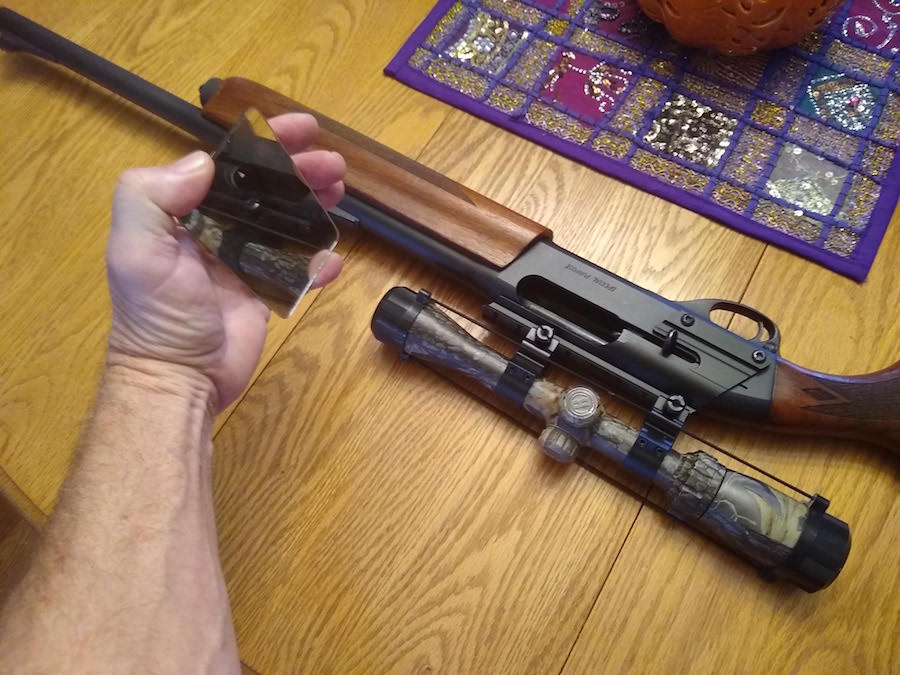
Though I have heard of this method, I have never tried it. Some hunters keep a hand mirror in their kit and try to send a bit of a flash towards their quarry. This deer-in-the-headlights idea doesn’t come as a sure thing, only that it makes no noise and uses very little movement. It might be wise to check your local regulations before trying this method.
I would try this on deer in the yard before you head into the field.
5. Strike One
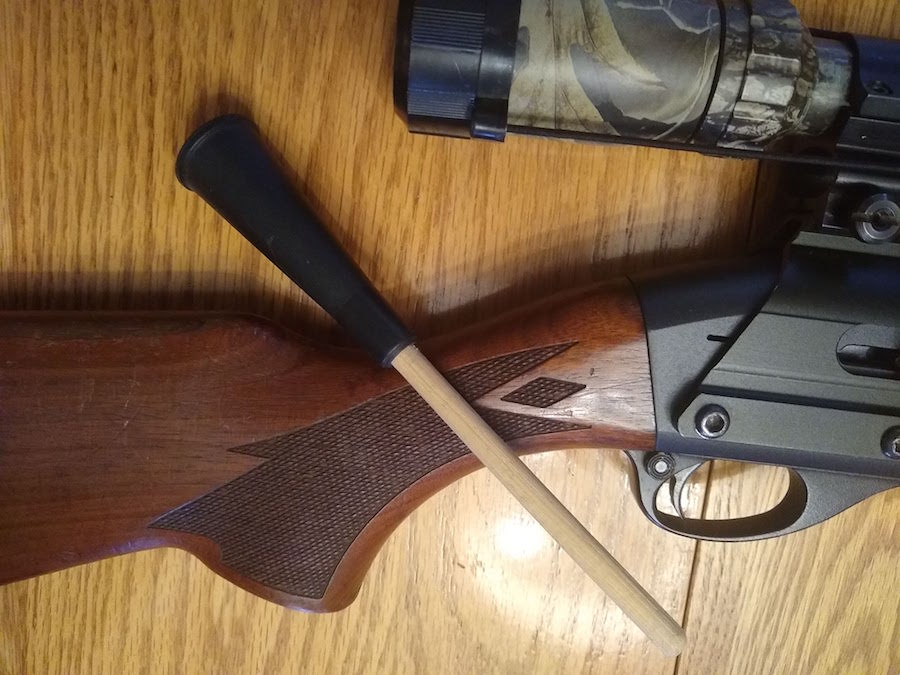
Maybe not an actual match, but a “chick” or “scritch” noise that mimics it can be just enough to alert, but not worry, a passing deer. I still carry a turkey slate call into the deer woods with me, and the striker can help you make a bit of a sound by scraping it on your gun stock.
Even just quietly mouthing “chick” like an actual match strike could give a deer something to think about. Give them something they cannot quite understand, and sometimes that’s all it takes.
4. Finger Snap
Anyone can make a quiet finger snap, and pretty much anybody can do it loud enough to hear in a room full of people. Keep your snapping hand covered over by the other and it can be done with a minimum of movement.
Sometimes it’s good enough to keep one deer occupied while another is out of range, so don’t overdo it. Fawns are susceptible to this as well as other younger deer, and getting any deer in the area to stay near you is a good thing.
3. Bleat
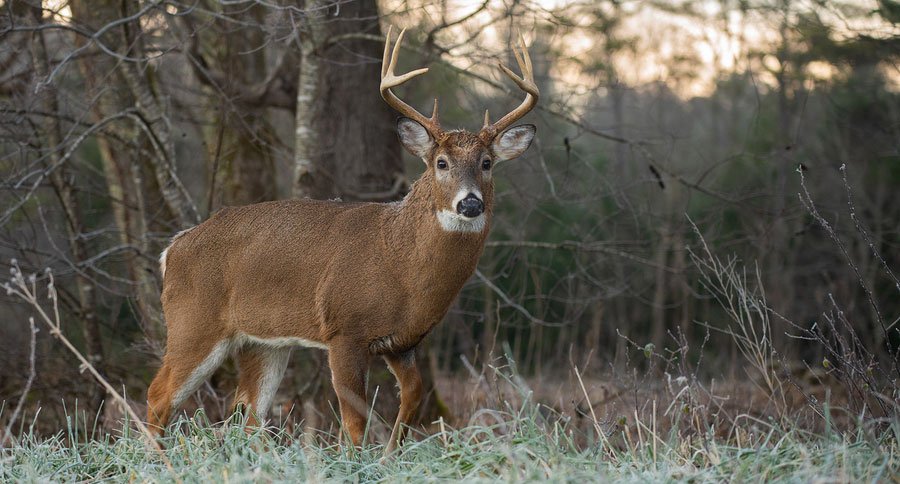
Not all hunters care to try and stop a deer by making the same noise that attracted it, but this method along with the next is a tried and true way to get their attention. Some deer hunters will use an actual grunt tube–set to bleat–or a bleat call that is ready at hand.
I much prefer simply tuning up my own personal voice box and say “meeeh,” sort of like a sheep. There is nothing better than the rush of watching a deer stop in its tracks knowing that you did it without any help, and it’s done with a minimum of movement.
2. Grunt
This is where your own voice will work like a charm because sometimes if you overuse the tube at close range, you may find yourself out of luck. Remember, you’re trying to get a moving deer to stop for the shot. You’ve gotten him into range when he looks like he might move through.
You should have your bow or your gun in your hands, safety off, and finger almost on the trigger. Just one or two reasonable vocalizations of the word “grunt” in a guttural way, with your own voice, and usually a deer will freeze. This has been a favorite among hunters for generations!
1. Smooch
The video above was a pretty good example of how unorthodox sounds can get a deer curious enough to stop, but not worried enough to bolt.
Even in windy conditions (and yes, I had to do it more than once), the big doe in the clip locked onto my position, but only to try and figure out what I was. This is why we began to use a diaphragm turkey call- the hands free-to-point-and-aim is how we’ve all taken game at one time or another, and this is no different.
I’ve smooched a whole lot of deer into doing exactly what that girl did, and filled my freezer many times doing it. I do this to deer in the yard and deer in the woods. I’ve actually found that this is the number one way to get them to stop, look, and listen while trying to figure out if you are a threat or not.
The best shot we can take on a deer is one that maximizes the kill and minimizes the wound factor, and that is a shot at a deer that isn’t moving.
Many of us have taken shots at moving deer, but there is a marked difference between an animal that’s walking and one that is fleeing. None of us enjoys making a mistake while deer hunting, but making a deer stop to present you with a shot is a strategy we often have to use.
Do you know the best way to do it for your style of hunting? Figure that out, and you’re on to something.
Looking for a little more? Follow my webpage, or on Facebook and Twitter.
NEXT: HOW TO RUIN A DEER HUNTING SPOT
WATCH
The post 6 Ways to Make a Deer Stop in Their Tracks appeared first on Wide Open Spaces.

